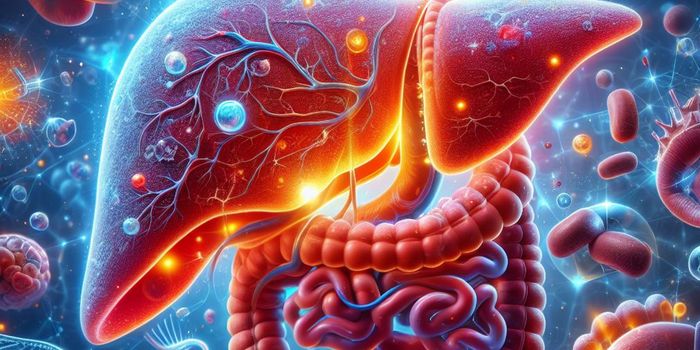Treatment for Aging Hearts: Exercise.
It has long been known that exercise improves an individual’s overall health, and is particularly good for the heart and circulation. Exercise can prevent a number of disease including heart disease, which is the number one cause of the deaths in the United States, surpassing even cancer. New research from the University of Texas Southwestern reports that if begun in time, besides preventing poor health outcomes, exercise can actually reverse aging hearts. They find that if you begin exercise ideally by the time you are 65 reaching into late middle-age, the heart is still able to remodel itself and maintains some plasticity, even if it may not be quite what it used to be.
Great news! But when it comes to exercise it is always easier said than done. Encouraging people to exercise more than they currently do tends to be challenging. It is necessary though, as these researchers also report that exercising 2 – 3 times per week was not enough to reverse the aging heart, but required 4 – 5 days per week to achieve these results in recommended bouts of 30 minutes in addition to a warm up and cool down. The exercise prescribed in the studies conducted at UT Southwestern included high intensity workouts reaching 95% of peak heart rate followed by recovery 4 times which was done one time per week. This “intense” day was typically followed by a low intensity day, and then one of moderate intensity. These exercise prescriptions also included both endurance exercise as well as strength and conditioning exercise, as they both elicit different effects desirable to improve health. Endurance exercise improves the condition of the heart and aerobic capacity of the lungs and muscles, while strengthening improves overall health and condition of the musculoskeletal system.
The study which was recently published in the journal Circulation, headed by Dr. Benjamin Levine, followed approximately 50 patients over the course of 2 years. Patients who participated gradually built up their exercise tolerance and abilities, and at the end of the study, those who exercised had an 18% increase in their maximum oxygen consumption, more than 25% increase in elasticity of the left ventricular muscle of the heart compared to sedentary patients who served as a control group for the study. The improvement in the ventricular elasticity is particularly important, because as you age this muscle becomes stiff over time and doesn’t function as fluidly. The left ventricle is the chamber of the heart responsible for pumping blood freshly enriched in oxygen from the lungs back into circulation in the body, and if this ventricle becomes stiff it caused a pressure change and the chamber cannot fill up properly and can even result in blood back logging into the lungs, at which point you would be heading to the hospital for heart failure. So, by allowing for more flexibility of this muscle the hearts ability to pump oxygen rich blood into circulation is improved or at least maintained for optimal functioning. One thing to keep in mind is that already active people are able to maintain plasticity over the years, so this study is most informative for sedentary individuals 65 years old or younger. Interestingly, for patients over 65 years old there was very little difference seen after the same prescribed exercise regimens.
So if you aren’t exercising already, start including 4 to 5 days worth of 30 minute bouts to improve heart health and reverse aging related heart stiffening. Your body will thank you!
Sources: Circulation, University of Texas Southwestern, Pixabay, Youtube, Onn Akbar Ali: video below.









